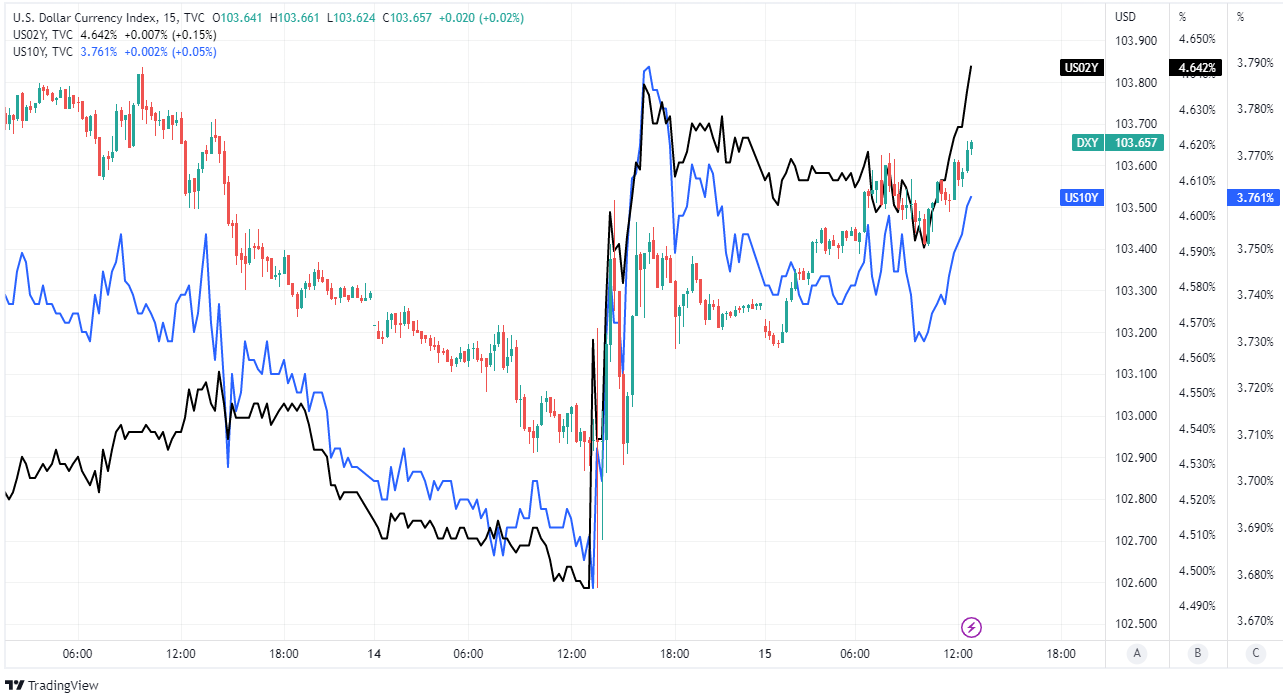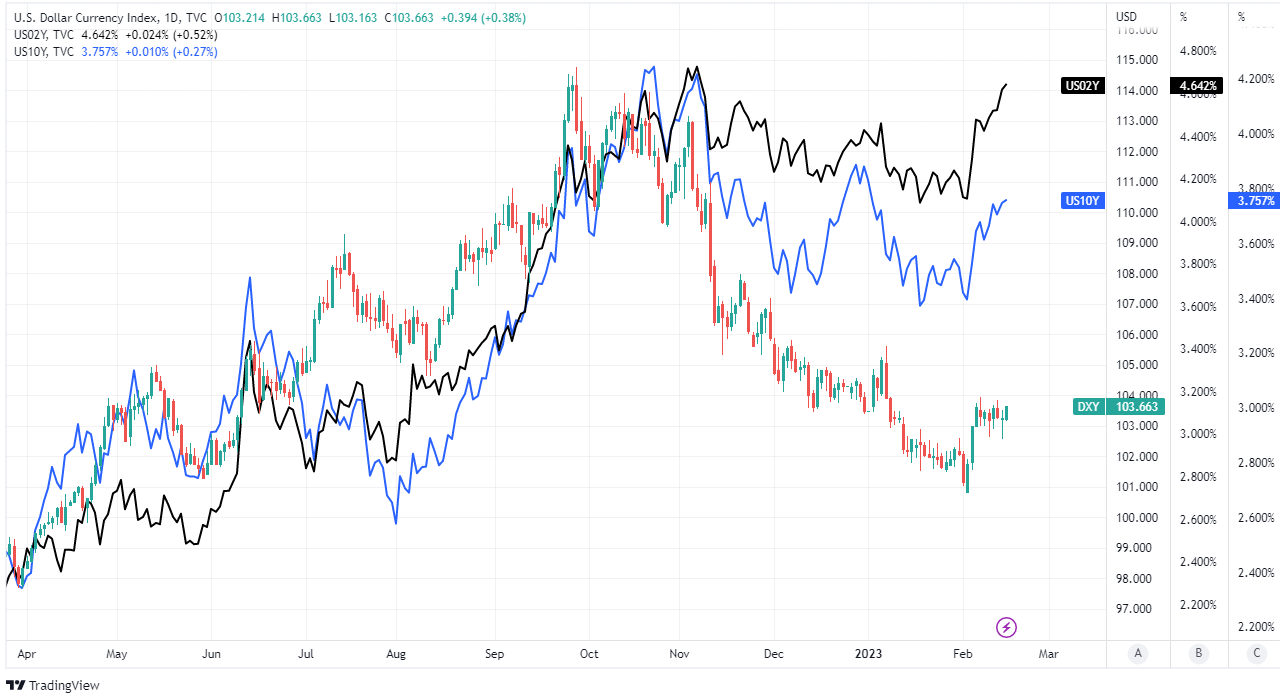Brainard's Departure Another Hawkish Development for Federal Reserve
"Dr. Brainard in recent months has taken a markedly different approach from other FOMC members in her analysis of the inflation picture" - Pantheon Macroeconomics.

Above: File image of the Federal Reserve's Lael Brainard. Image © Federal Reserve.
The pending departure of Vice Chair of the Federal Open Market Committee (FOMC) Lael Brainard is one further potentially hawkish development in the outlook for Federal Reserve interest rates that could have supportive implications for the U.S. Dollar in the weeks ahead.
Vice Chair of the FOMC and Federal Reserve Board members Lael Brainard is set to the depart the bank on or around February 20 after being appointed as Director of the National Economic Council by the White House on Tuesday.
"Lael has brought formidable talent and superb results to everything she has done at the Federal Reserve," Chairman Jerome Powell said. "My colleagues and I will truly miss her."
There haven't been any 'doves' on the FOMC for some time now but analysts and economists have generally viewed Lael Brainard as an influential voice of moderation on the rate setting committee in recent months.
Her departure wll leave a void that automatically skews the collective FOMC policy stance in a hawkish direction.
 Above: U.S. Dollar Index at 15-minute intervals with 2-year and 10-year government bond yields. Click image for closer inspection. To optimise the timing of international payments you could consider setting a free FX rate alert here.
Above: U.S. Dollar Index at 15-minute intervals with 2-year and 10-year government bond yields. Click image for closer inspection. To optimise the timing of international payments you could consider setting a free FX rate alert here.
Live GBP/EUR Money Transfer Exchange Rate Checker | ||
Live Market Rate: | get quick quote | |
Corpay: | ||
Banks: Median Low | ||
Banks: Median High | ||
These data are based on the spread surveyed in a recent survey conducted for Pound Sterling Live by The Money Cloud. | ||
"We are disappointed by media reports that Vice Chair Brainard is leaving the Fed to lead the National Economic Council, which advises the president on policy. Dr. Brainard in recent months has taken a markedly different approach from other FOMC members in her analysis of the inflation picture," says Ian Shepherdson, chief economist at Pantheon Macroeconomics.
"She also has suggested that fears of a runaway inflation are misplaced, noting on January 19 that “...wages do not appear to be driving inflation in a 1970s-style wage-price spiral.” No other FOMC member, as far as we know, has even uttered the word “margin” in their discussion of the inflation story, an omission which we find both baffling and alarming," Shepherdson adds.
Brainard's departure also comes just as stubbornly elevated January inflation challenges the popular market view and assumption that an end to the Federal Reserve interest rate cycle is in the pipeline.
Prices of clothing, transportation and housing services all helped to keep the core inflation rate from falling as far as had been expected by economists on Tuesday even after falling energy prices helped to pull the overall U.S. inflation rate lower for the month of January.
 Above: U.S. Dollar Index shown at daily intervals alongside 2-year and 10-year U.S. government bond yields. Click image for closer inspection. (If you are looking to protect or boost your international payment budget you could consider securing today's rate for use in the future, or set an order for your ideal rate when it is achieved, more information can be found here.)
Above: U.S. Dollar Index shown at daily intervals alongside 2-year and 10-year U.S. government bond yields. Click image for closer inspection. (If you are looking to protect or boost your international payment budget you could consider securing today's rate for use in the future, or set an order for your ideal rate when it is achieved, more information can be found here.)
Core inflation ebbed only 10 basis points to 5.6% when consensus had looked for a 5.5% reading, stoking uncertainty over whether a recently-declared process of disinflation can be expected to continue for much longer.
"Yesterday’s CPI release confirmed that underlying inflation remains elevated. And with a tight labor market still intact, continued upward pressure on prices stands as a concern," says Isabella Rosenberg, a strategist at Goldman Sachs.
"How the Fed will choose to respond to this print is an open question, but the message from rates markets seems to be “higher for longer” as cuts in the funds rate were taken out of the front end following the release," Rosenberg writes in Wednesday market commentary.
January's inflation data leans against the cautious optimism that had seen FOMC members suggest earlier this month that a disinflation process has begun and could eventually lead inflation back to the 2% target if followed up with the right policy actions from the Federal Reserve.
While it remains early days and the disinflation process could yet reassert itself, Tuesday's data leaves a lot resting on the February inflation report, which could have significant implications when it comes to the outlook for interest rates.